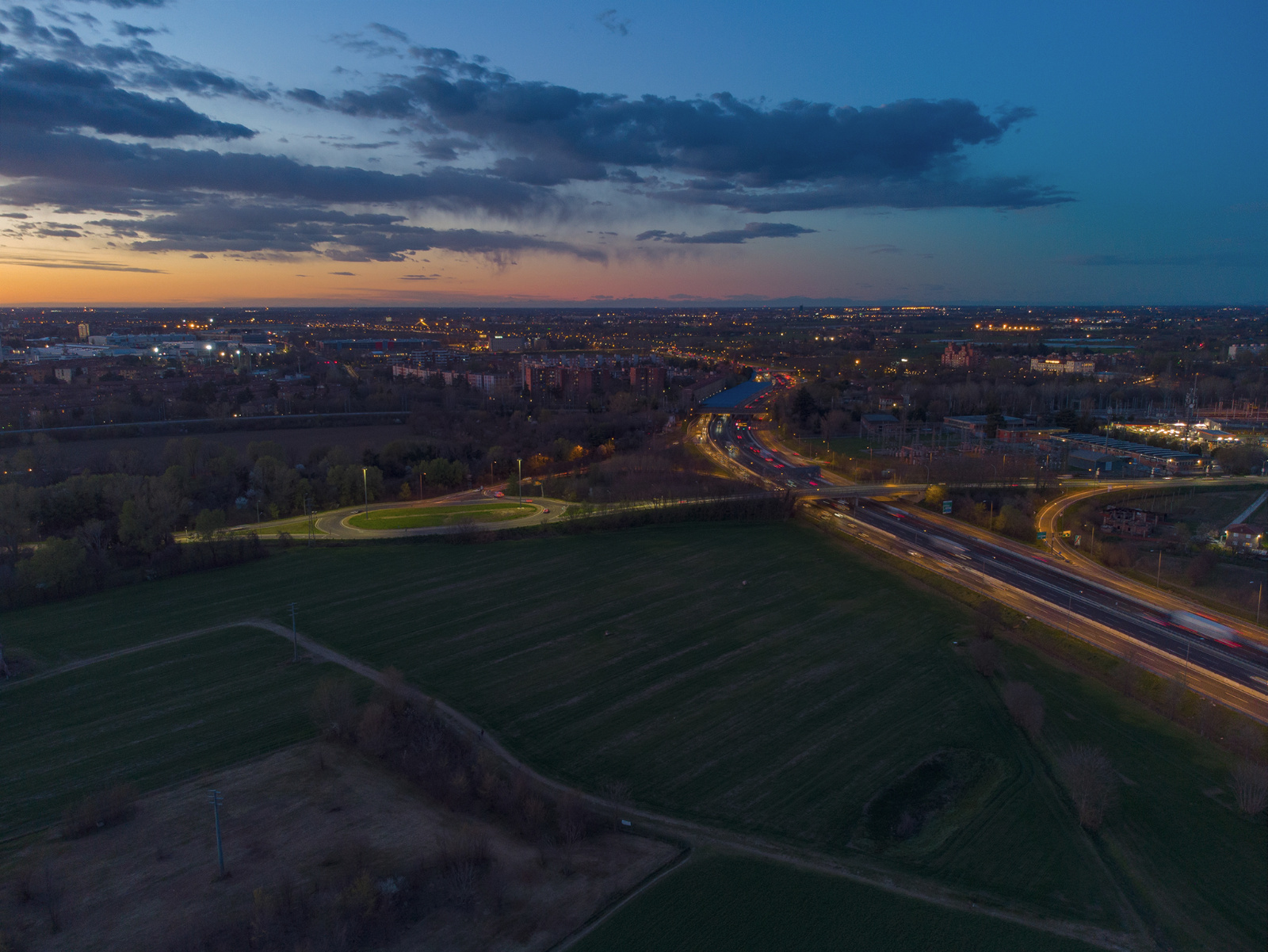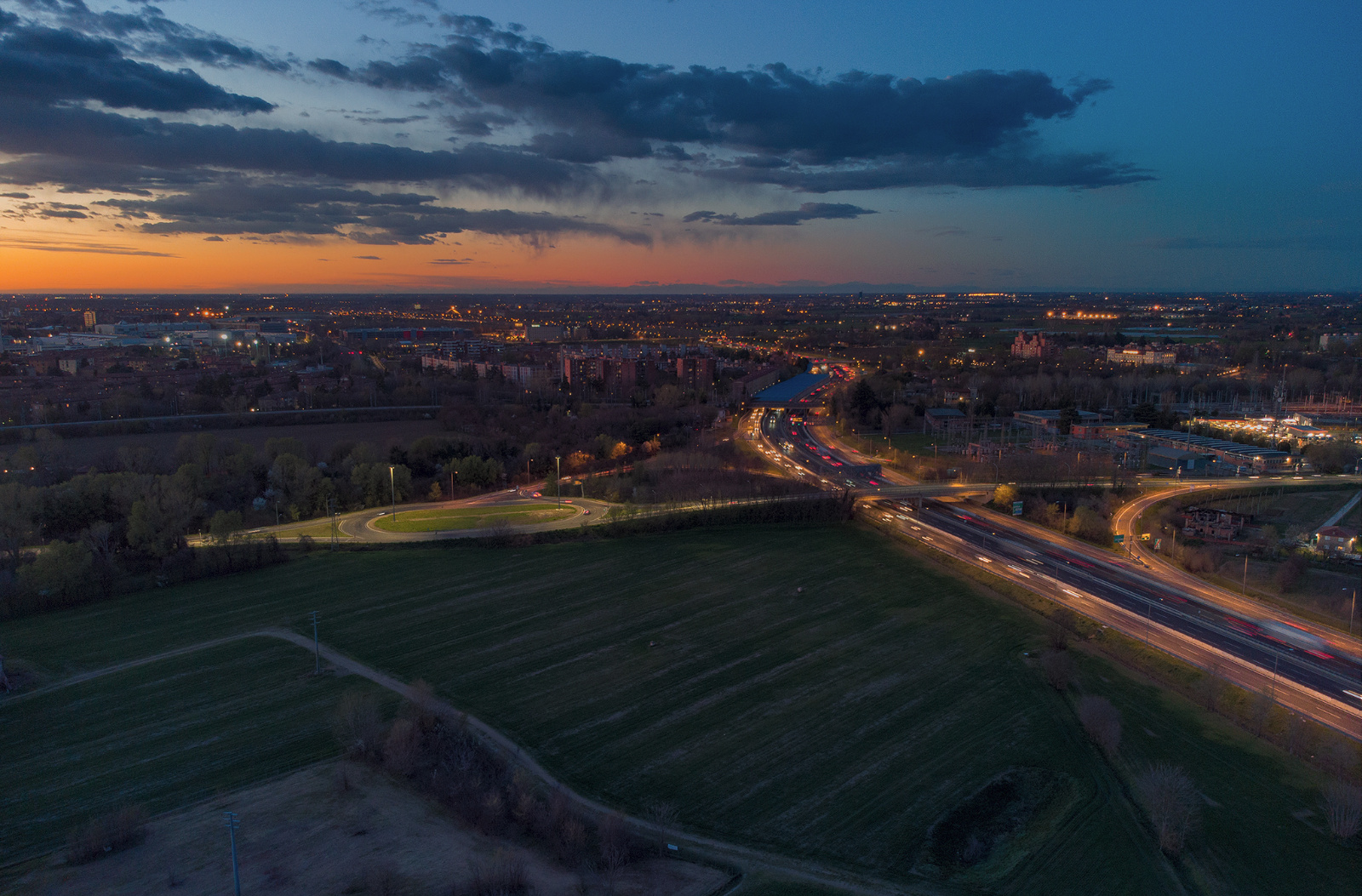The panel TTS Pro 2
Here my review of the new panel TTS Pro from Giuseppe Sapori
In this emergency period it is quite difficult for me to find new inspirations; the restrictions related to the Covid pandemic make very difficult to me to travel (even in my own region).
I have to thank Giuseppe Sapori that asked me to review his new creation, The TTS Pro panel, that will be officially released on the end of February.
TTS Pro 2 is a Photoshop panel, strongly focused on exposure blending. And as a landscape photographer, God knows how much I rely on exposure blending!
Another panel??
Probably you are asking yourself "Do I really need another Photoshop panel?"
Short answer. Probably not. But, if you put it on that level, probably you don't need a panel at all!
Long answer: said that a panel is strongly suggested to speed up your workflow and to improve the final result.. Well, a simple but effective panel is really what you are looking for. It is not the only one, so let's see together if it worth the test.
First impression
First of all let me say that Giuseppe is a great photographer and a nice person; I don't know if in his private life he is an IT guy (like me), but his mindset is really cooperative; I gave him my feedback and he was happy to take it into account. This is great, because feedbacks "from the fields" are the ones that really improve products. In the past I tested other panels, from other guys, and believe me: in the IT (as in Photography) there are so many "drama queens"...
But let's go back to the panel: TTS Pro 2 is clean and tidy. Actions and functions are grouped by clear and simple logic (at least for me).
If you already tried other products, The TTS Pro 2 recalls Raya Pro from Jimmy McIntyre. In addition, you can find so many courses and resources available online on how to use it, that it is really easy to get comfortable with it!
I have my personal workflow, so I decided to see how the TTS Pro 2 was able to adapt to me (instead of the opposite).
Image blending
I started from 3 shots taken with my drone, during the Italian lockdown. One for the sky, one for the dark areas, and one as a middle starting point.
After a fast "baseline setup" in Lightroom, I opened them as layers in Photoshop.
TTS Pro 2 has a handy feature for aligning all the layers (that does the job pretty well. I assume it uses the native function of Photoshop, saving your time presenting it without digging the menus)
As for all the "serious" panels, you do not throw all the images in, and then wait for a "magic"; you do have to start blending images 2 by 2.
Easy done: keep the baseline layer + the dark one visible, and then click "auto blend dark"; that's all, you can choose the intensity of the blending, using the buttons from 1 to 6.
Then, create a stamp of the visible (ctrl + shift + alt + "e") and do the same for the light.
This is the "quick and dirt" blending I got, with very few clicks and all the control that I need:
Remember that whenever you need, you can find a very useful button with the instructions....
For my personal taste, the image lacks a bit of contrast.. you can fine tune it by hand during the blending process (let's call it an advanced feature), or do it now on the final blended image.
Below you can find the final edited image, with a bit of color grading and nice finishing touches.. at least, according to my personal taste!
One last suggestion
It was great to speak with Giuseppe about his new creation; probably, the only thing that I should suggest to improve even more the TTS Pro 2 is to include something like "tonality masks", to select warm or cold colors.
Conclusions
As already told, for a landscape photographer is nearly mandatory to have a panel, to speed up the normal workflow and post processing. Said that, I think that if you want to develop your own style, it is mandatory to work "manually", and not to rely on sliders and presets. And in this optic, the TTS Pro 2 panel is perfect.
From one side, the panel includes many many functions: some are "originals", other derived from the Photoshop native ones, but arranged together in a very handy way.
At the same time, each and every function enables the photographer to follow his own style, without jailing him into "the presets illusion": every parameter is tunable, and this concurs in creating images that are ones of a kind.

